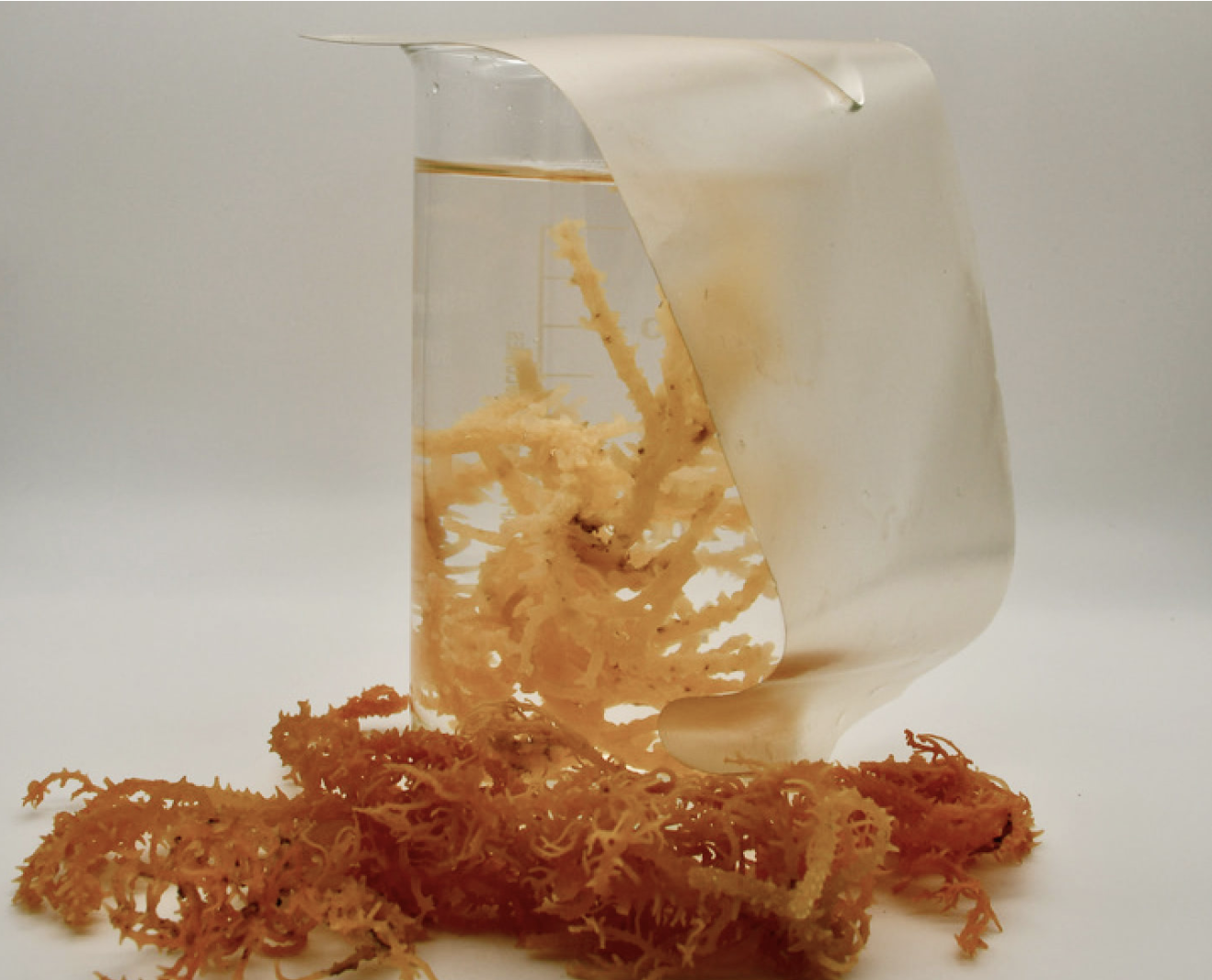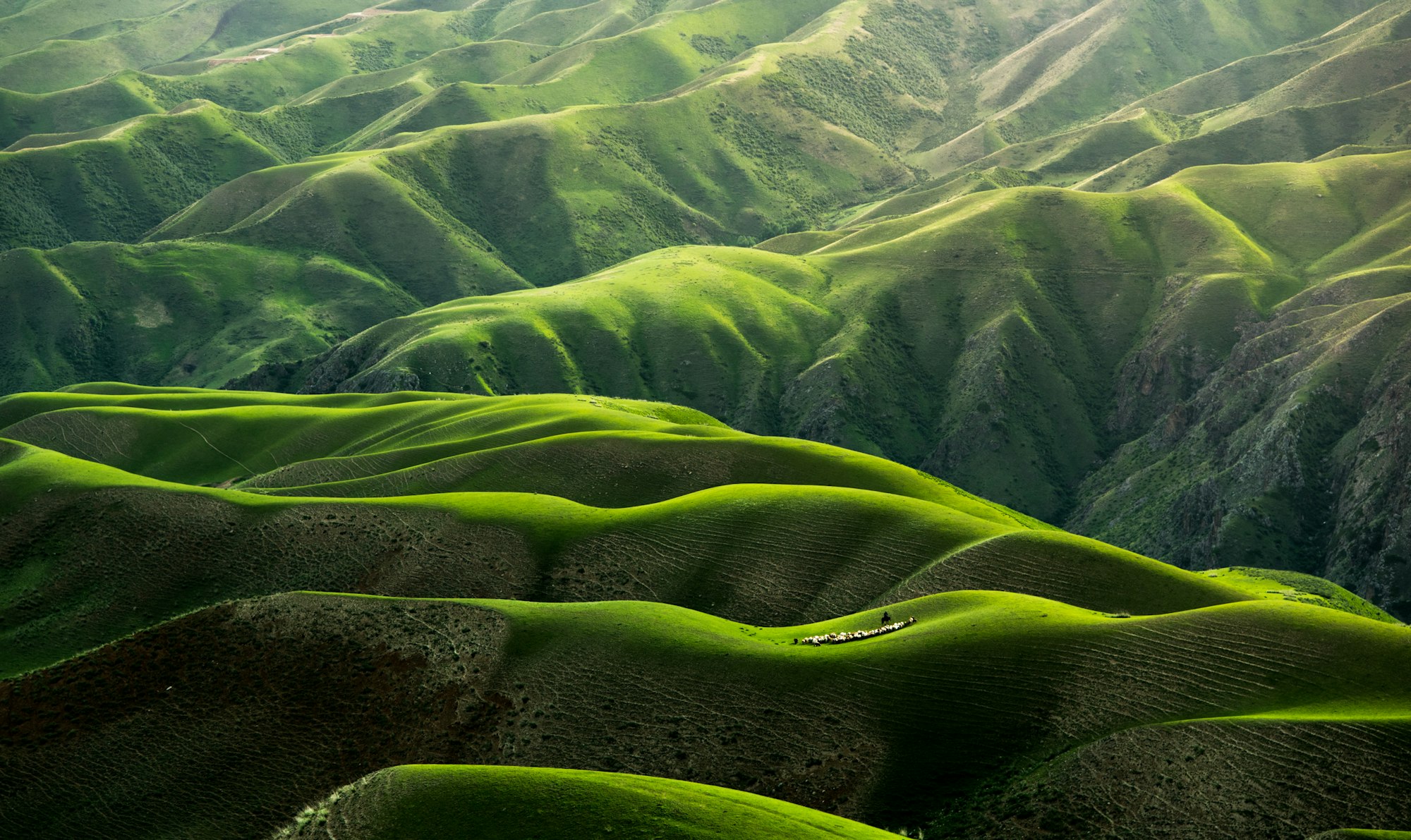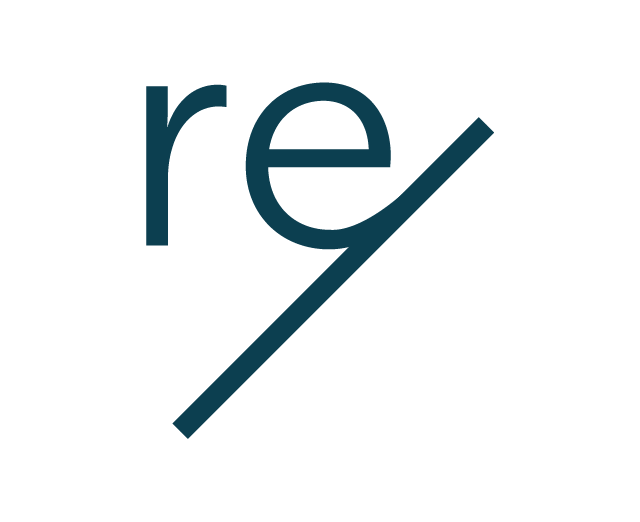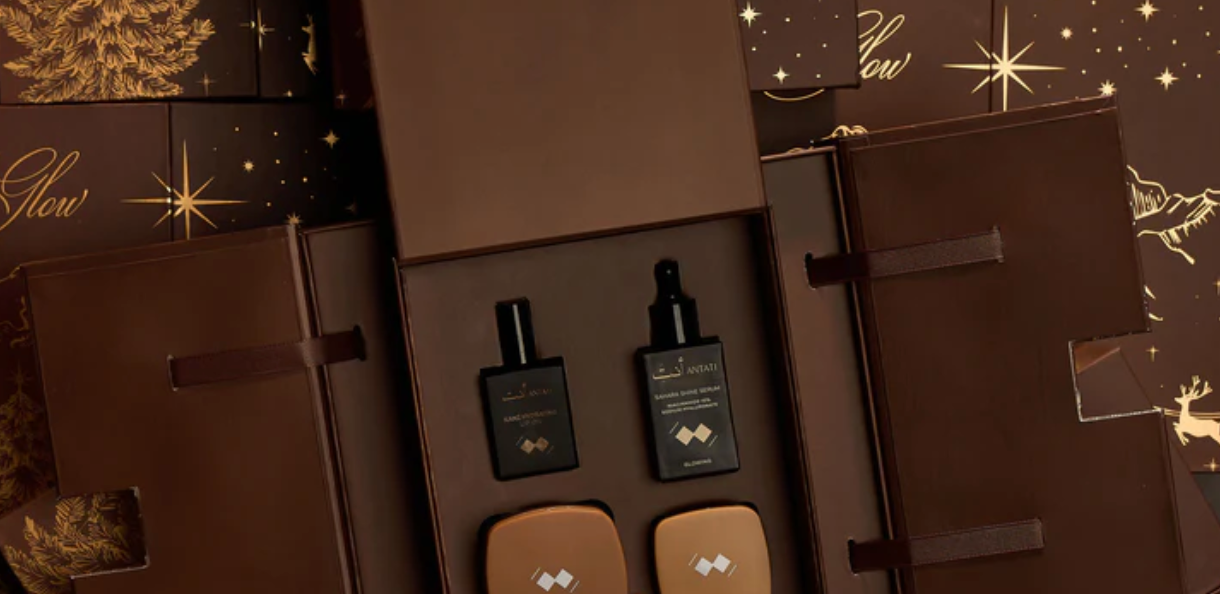
Biomimicry, helping do beauty better
Have you heard of biomimicry? It is a concept of design thinking that helps organisations mimic nature in their innovation process. The idea is to take inspiration from nature for new designs and ideas. It is not just about products but about organisations and systems overall.
The principle is that everything in life has a life cycle and will degrade naturally and become food for another part of the natural chain. The natural living world will also adapt to its environment and find solutions even in the direst of situations. Think about cacti, for instance, and how, even in the desert, they remain in water and survive.
Think about the beauty world and how complex formulations and packaging are to make. What can we learn from nature? Could we find a different structure in packaging for safe transportation and conservation of sensitive formulas? How can we transport glass without adding too many layers?
Some examples in the industry
The Bee Bottle by Guerlain

" Imperial in its design: the Bee Bottle is adorned with a festoon pattern inspired by the « Place Vendôme » column and with 69 bees, a French imperial symbol. The creation of the bottle has been entrusted to Pochet Du Courval glassworks since its creation. In its yellow gold or white gold version, the bees and festoons are hand-painted with fine 24-carat gold or palladium, respecting ancestral traditions." explained the brand.
Taking inspiration from the skin
The French brand Mimétique mimics the physical and biological action of the skin to offer an adapted skincare routine.
Over three years of development, founder Fabienne Sebaoun, worked with University AgroParisTech to develop and patent a new formulation complex: SMR-C5 COMPLEX a skin Mimetic Restore Complex.
The exclusive SMR-C5 Complex created by MIMÉTIQUE is made up of 5 active ingredients naturally present in the skin, selected for their ability to strengthen the skin's structure and enable it to maintain its 3 fundamental functions:
- support the skin's natural defence systems
- improve its hydration mechanism and
- promote better regeneration.
Studying skin biology, Fabienne discovered the promising science of biomimicry. “A revelation” as she explained. Biomimicry means taking inspiration from the genius of nature to innovate. “Skin is one of the most sophisticated technologies on the planet, and an infinite source of knowledge,” continues Fabienne.

Cardboard Box
Taking inspiration from folds, we could imagine new forms of packaging that would be unbreakable or even flexible depending on use. An example from the cosmetics industry based on folding or cutting has eliminated plastic bubbles and paper filaments in e-commerce boxes.
In a design competition launched by Mëtsa Board, a Finnish supplier of fine white cardboard for packaging, a designer named Iiro Numminen developed a specific geometrical shape to eliminate the need for transport box inner wedge elements.
The "Stretching Inner Part" stretches concavely or convexly, adapting to the shape of the packaging for complete protection without the need for additional external elements. The inner part is formed and manufactured at the same time as the transport box and forms part of its structure. It's not made clear by the designer that the inspiration comes from biomimicry, but it's a safe bet that living nature inspired this structure.
Materials inspired by nature
MycoMaterials
Mushroom-based packaging has been on the rise lately. The idea is to cultivate a variety of mushrooms in a limited space in order to obtain specific shapes.
Called “mycomaterials”, they are composed of processed raw materials fused with mushroom mycelium, for a variety of applications such as secondary packaging or transport. Thanks to their flexible shapes, they can replace polystyrene in packaging, offering a biodegradable, environmentally-friendly alternative.” 11
“These mycomaetrials are generally white in color, with a smooth, soft-touch surface, reminiscent of the softness of certain fabrics.” This gives them an immediate appearance of naturalness and durability without the need for explanation. The downside is the fragility of these materials, which can disintegrate quite quickly, making them unsuitable for multiple use or long-term storage. They are, however, fully biodegradable and confer nutritive properties to natural compost.

Seaweed for materials
Flexsea is a compostable seaweed-derived material that replaces flexible plastic packaging seamlessly. It is a biopolymer that can be integrated into ingredients for cosmetics formulas (thickener, emollient, etc.) or packaging in film applications. The start-up is using waste from seaweed to feed bacteria and create biopolymers.
"The packaging of the future is born in nature, serves its purpose, and returns to nature in a harmless way." expresses FlexSea.

Explore more in our dedicated report on Biomimicry



